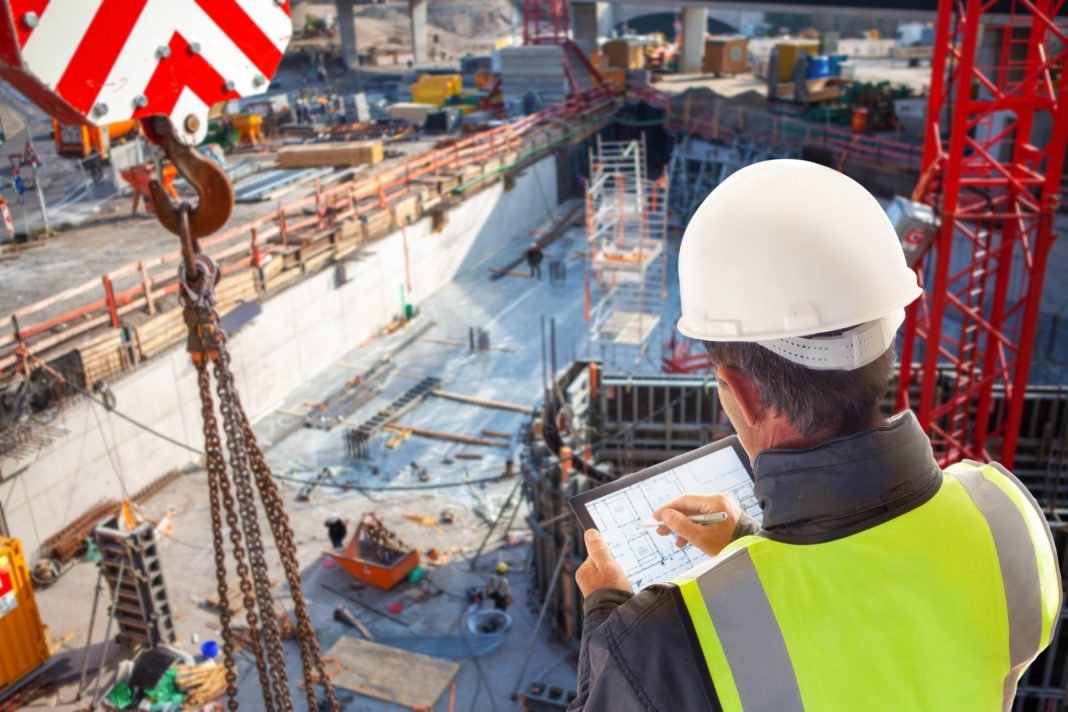Digital construction success relies as much on people as on technology, says Nathan Marsh, chief digital officer at Turner & Townsend
The industry is increasingly recognising the value of digital construction in how we design, deliver and manage major infrastructure assets.
From improving systems, efficiency and visibility of real-time data to fostering the right culture for success, digital construction has the potential to transform how we deliver programmes.
However, despite offering a wealth of benefits, digital construction is yet to fulfil its potential.
This is in part due to the sector’s misconception that digital transformation is as simple as rolling out new technology solutions, ignoring the need to design and procure or build them against an integrated architecture – for systems, data flows and business processes. We need to take a more holistic approach if we are to reap the full benefits of the capabilities within digital solutions and our workforce.
An integrated approach to digitalisation
It’s vital within a “360 vision” to give equal weighting to the human aspects – people, culture, organisation and process – and the technical or machine elements of digitalisation – systems, technology, data and analytics. Clients then need to ensure these are integrated across the programme architecture.
When we plan to invest in digital construction, we can be guilty of focusing too heavily on the capabilities of the new software and technology without considering the impacts on people that will be interacting with it.
In reality, people need to be at the heart of this process to ensure they fully understand the project, its goals and the systems that will be used to get there. This enables true integration.
Failure to get under the skin of how the various teams will engage with new systems will dampen the success of digital transformation. Each project and team are different, so it’s important to consider the specific requirements and understand that there’s no one-size-fits-all approach. Individuals may have varying levels of experience with the systems they are tasked to use and not all will be equally able to adopt a new way of working.
Clear and consistent dialogue, alongside a robust approach to training, is crucial to understanding at what pace and at what scale new systems should be rolled out to make the transition as smooth as possible.
Explaining what will be required, alongside highlighting the benefits for individuals and for the wider project, will help to foster the culture needed for success. This must be one which, across all corners of the programme, recognises the value of digital in improving communication, teamwork, shared responsibility and equal standards.
Setting people up to succeed, and helping them prepare and integrate with a digital transformation, will form the strong foundations needed for the ongoing change and evolution that a robust digital strategy requires.
The Infrastructure & Projects Authority’s (IPA) route map, for example, is the UK government’s methodology that provides a framework for collaboration and sharing of best practice – helping individuals, tools and systems to operate as one.
Bridging the capability gap between onsite and offsite construction
There is another undervalued aspect to digital construction which has people at its core. That is the ability digital tools have to help bridge the gap between physical construction on-site and the management and governance based elsewhere.
New technology and software from generative AI to machine learning are making it easier and more efficient to monitor on-site construction activity – without the need to travel – through the collection of real-time data.
This means that live information is being fed back to the management teams on a regular basis, painting a clearer picture of what happens during construction.
This is key for fuelling closer coordination between on-site and offsite team members – helping to address a potential information lag, drive informed decisions, identify errors and improve management and capability of people and programmes in the short and long term.
Why is making readily accessible information important?
Again, focusing on how systems and communication are integrated across these teams is critical. Within construction programmes, data can often be considered a product resulting from the rest of the programme.
Something best for reporting after the fact, rather than a core ongoing part of good management.
Readily accessible real-time information can encourage a new mindset that recognises the tangible value of data to help drive better outcomes, while enabling people to use their human skills – both technical and emotional – to deliver practical outcomes like reduced carbon or safer sites.
In conclusion, introducing an advanced new system or piece of technology may offer solutions to a host of challenges faced throughout the construction of major infrastructure.
While digital has the potential to lead to incomparable benefits for efficiency, communication, culture and delivery, technology can only succeed if it’s integrated into the programme architecture with an appreciation of the human factors of a digital strategy.
Crucially, this needs to be matched with a clear – shared – vision by those who are using it.
Proper integration of digital construction relies on clients’ ability to take a holistic view and invest in people, programmes and digital technology in tandem as a central way to ensure the success of digitalisation and transform programme performance.
Nathan Marsh

Chief digital officer
Turner & Townsend
Tel: +44 (0)20 7544 4000














